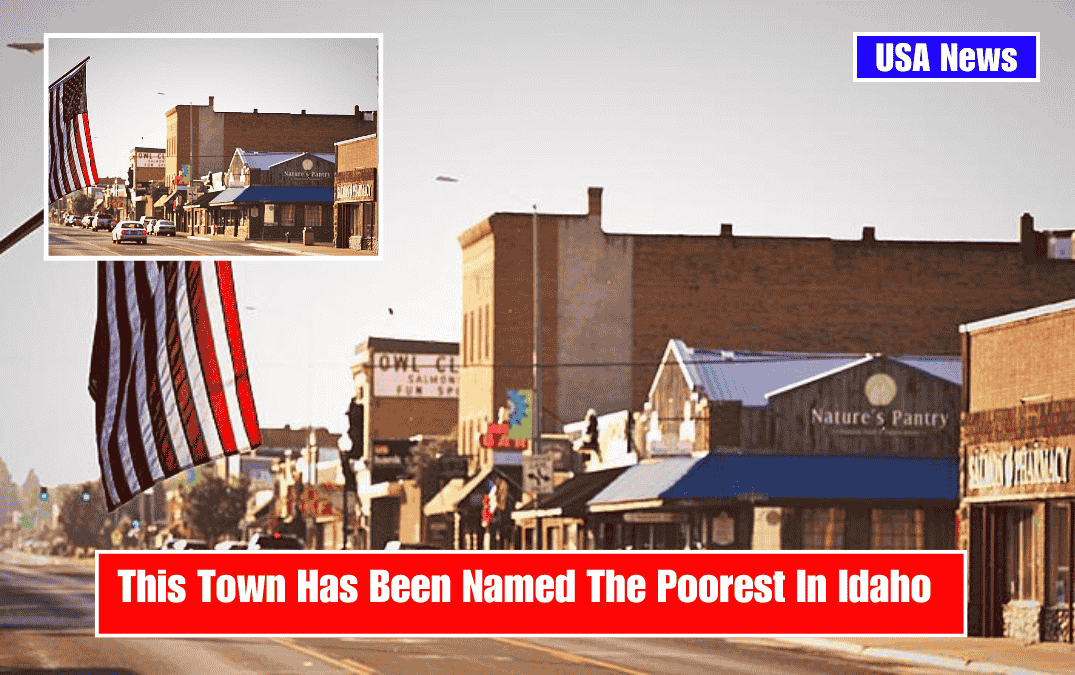Helena-West Helena, Arkansas, holds the unfortunate distinction of being the poorest town in the state. Located in Phillips County, this small city has been grappling with persistent economic challenges and social issues that have left it struggling to keep pace with the rest of the state and nation.
Economic Challenges
Helena-West Helena has one of the lowest median household incomes in Arkansas, at $23,483, far below the state average of $42,336 and the national average of $55,322. The per capita income is similarly low at $17,059, compared to $23,401 statewide and $29,829 nationally. These figures reflect widespread economic hardship among residents.
Nearly 39.3% of the population lives below the poverty line—more than double the state poverty rate of 18.8%. High unemployment rates further exacerbate these issues, with an unemployment rate of 8%, compared to Arkansas’s 4% average.
The city’s economic base primarily revolves around agriculture, particularly cotton cultivation. However, mechanization and large-scale industrial farming have reduced the need for labor, leading to significant job losses over time. The decline in manufacturing jobs and reduced traffic at its Mississippi River port have also contributed to economic stagnation.
Population Decline
Helena-West Helena has experienced a sharp population decline over recent years. From a population of 9,519 in 2020, it is projected to drop to just 8,104 by 2025—a decrease of nearly 15%. This decline reflects broader demographic challenges in Phillips County, which ranks last in Arkansas in most indicators of social and economic well-being. The city’s population is predominantly African American (73.5%), followed by White residents (20%).
Social Issues
The town faces significant social challenges tied to education and health. Nearly 40% of Phillips County residents lack a high school diploma, limiting access to better-paying jobs and perpetuating cycles of poverty. Health-related issues are also prevalent; obesity rates exceed 40%, and many residents struggle with limited access to fresh food due to the city’s classification as a food desert.
Race relations have historically played a central role in Helena-West Helena’s struggles. The town’s economy was historically built on exploitative labor systems such as slavery and sharecropping. Today, mistrust across racial lines and unaccountable local governance continue to hinder progress.
Efforts for Revitalization
Despite its challenges, Helena-West Helena has seen efforts aimed at revitalization. Initiatives like the Delta Bridge Project integrate local development efforts with state and federal programs to address issues such as education, housing, healthcare, and economic development.
Additionally, programs like “Local Foods, Local Places” aim to improve food access and promote healthier lifestyles by supporting local agriculture and creating community-oriented spaces.
The Walton Family Foundation has also funded projects like bicycle repair stations and extensions of trails to connect Helena-West Helena with Memphis along the Mississippi River levee system. These initiatives seek to foster economic opportunities while improving quality of life for residents.
Helena-West Helena exemplifies the challenges faced by small towns in economically depressed regions. Low incomes, high poverty rates, declining population figures, and entrenched social issues paint a bleak picture for this Arkansas town. While revitalization efforts offer hope for improvement, significant hurdles remain as the city strives to overcome decades of economic stagnation and social disparities.
SOURCES:-
[1] https://www.roadsnacks.net/poorest-places-in-arkansas/
[2] https://zipatlas.com/us/ar/city-comparison/lowest-median-household-income.htm
[3] https://homegrowntools.unc.edu/wp-content/uploads/2017/07/helena-1.pdf
[4] https://www.ams.usda.gov/sites/default/files/media/LFLPHelenaAR.pdf
[5] https://www.arkansas-demographics.com/helena-west-helena-demographics









